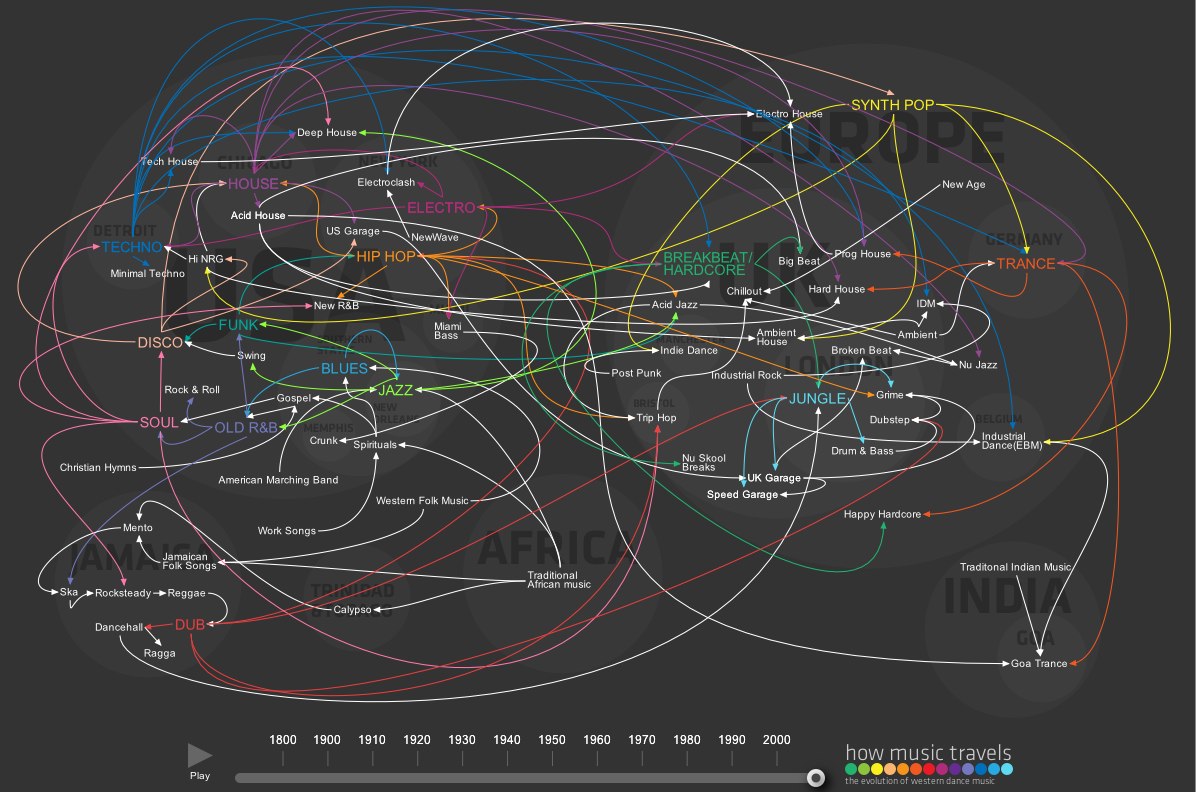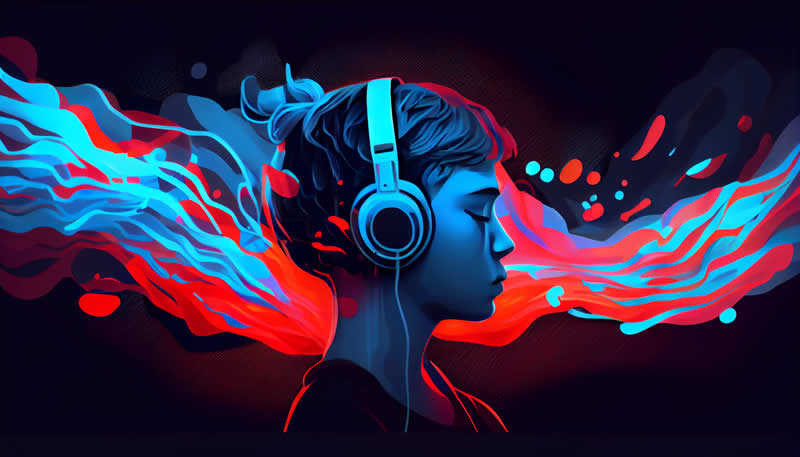Tunes Through Time: Tracing the Evolution of Musical Genres
Music, the widespread language that rises above hindrances, has gone through a striking excursion of development since the beginning of time. The narrative of melodic classifications is a story of imagination, social movements, and innovative progressions that have molded the manner in which we see and appreciate songs. From the old rhythms that reverberated in caverns to the computerized orchestras of today, the development of melodic types is a dazzling story that traverses hundreds of years.
The Foundations of Variety: Old Starting points
The starting points of melodic types can be followed back to the old civic establishments that perceived the force of sound to convey feelings and stories. In societies all over the planet, serenades, drums, and straightforward instruments were utilized to celebrate customs, mark significant occasions, and express sentiments. These early melodic articulations established the groundwork for the different cluster of sorts we appreciate today.
Traditional Style: The Renaissance and Extravagant Times
The Renaissance period saw the introduction of traditional music, described by mind boggling organizations, rich harmonies, and the rise of famous figures like Johann Sebastian Bach and Wolfgang Amadeus Mozart. The ascent of ensembles and formal melodic documentation took into account the making of complicated orchestras and dramas, making way for the refinement of melodic sorts.
Unrest and Defiance: Heartfelt and Society Impacts
The nineteenth century presented the Heartfelt period, set apart by close to home force and individual articulation. Authors like Ludwig van Beethoven and Frédéric Chopin investigated subjects of affection, nature, and patriotism, associating music to more extensive cultural opinions. At the same time, society music from different areas started impacting well known classifications, reflecting social characters and recounting accounts of conventional individuals.
The Introduction of Advancement: Jazz, Blues, and Rock ‘n’ Roll
The twentieth century saw a seismic change in melodic types with the rise of jazz, blues, and rock ‘n’ roll. These sorts, brought into the world from the African American experience, encapsulated defiance and opportunity. Jazz presented ad lib and special timing, blues communicated difficulties and feelings, and rock ‘n’ roll turned into an image of young energy and nonconformity.
A Range of Sound: Pop, Hip-Jump, and Electronic Music
As the world embraced globalization and innovation, the late twentieth century saw the ascent of popular music, hip-jump, and electronic classifications. Popular music, with its snappy snares and engaging subjects, turned into a worldwide peculiarity. Hip-jump changed narrating and social discourse through cadence and rhyme. Electronic music saddled innovation to make new sounds and vivid encounters in clubs and celebrations.
Advanced Harmonies: The Computerized Age and Then some
The approach of the computerized age achieved remarkable changes in the creation, appropriation, and utilization of music. With the ascent of streaming stages, audience members accessed a huge swath of melodic types from around the world. Classes started to mix, leading to creative combinations like EDM-pop and non mainstream society. Craftsmen could try and team up across kinds, prompting a time of melodic investigation.
Decision: An Orchestra of Variety
The development of melodic types is a demonstration of the steadily changing nature of human articulation. From old ceremonies to present day computerized scenes, music has adjusted to mirror the soul of every period while staying a channel for feelings and stories. The different kinds that coincide today are a demonstration of the rich embroidery of human encounters and societies that shape our reality. As innovation keeps on developing, one can hardly comprehend the amicable conceivable outcomes that lie ahead, standing by to enrapture our ears and hearts.



